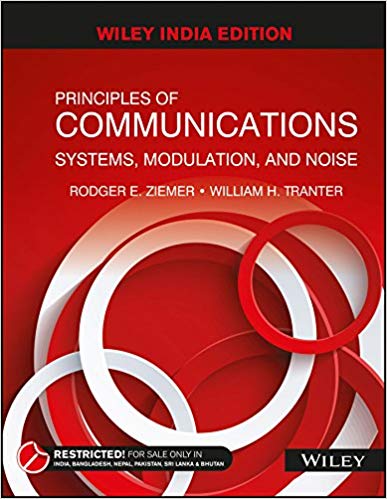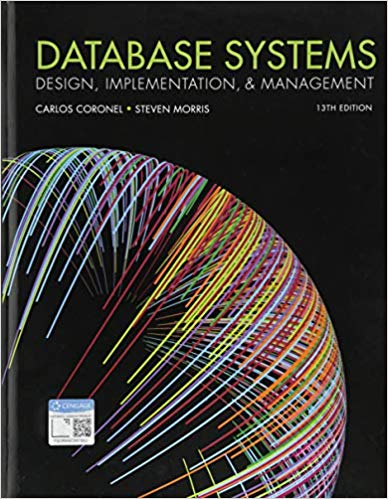- P-1
- P-2
- P-3
- P-4
- P-5
- P-6
- P-7
- P-8
- P-9
- P-10
- P-11
- P-12
- P-13
- P-14
- P-15
- P-16
- P-17
- P-18
- P-19
- P-20
- P-21
- P-22
- P-23
- P-24
- P-25
- P-26
- P-27
- P-28
- P-29
- P-30
- P-31
- P-32
- P-33
- P-34
- P-35
- P-36
- P-37
- P-38
- P-39
- P-40
- P-41
- P-42
- P-43
- P-44
- P-46
- P-47
- P-48
- P-49
- P-50
- P-51
- P-52
- P-53
- P-54
- P-55
- P-56
- P-57
- P-58
- P-59
- P-60
- P-61
- P-62
- P-63
- P-64
- P-65
- P-66
- P-67
- P-68
- P-69
- P-70
- P-71
- P-72
- P-73
- P-74
- P-75
Problem:




















